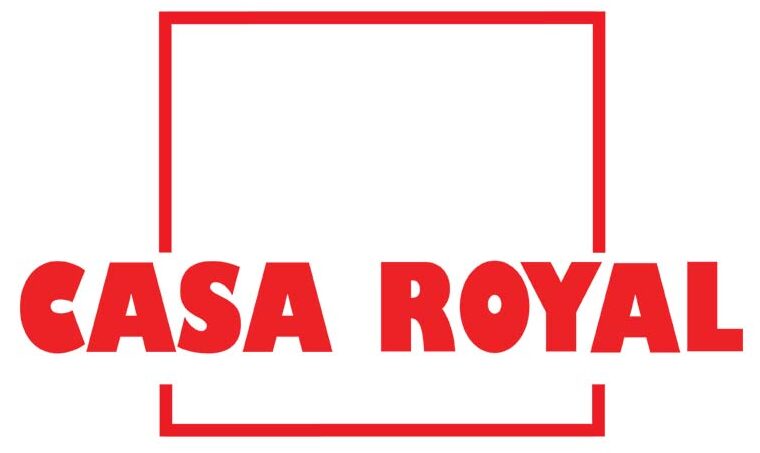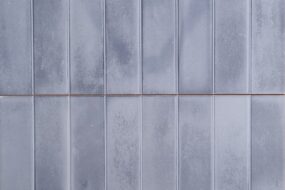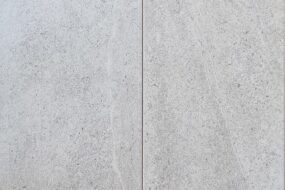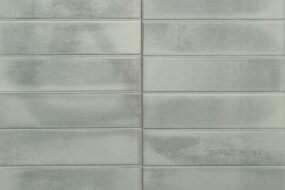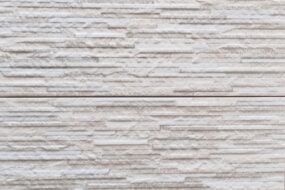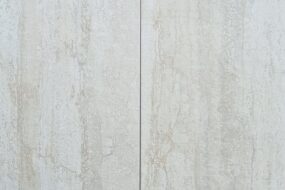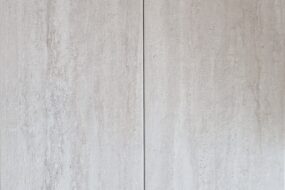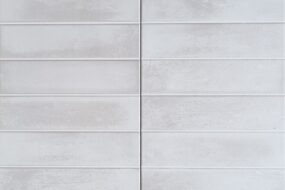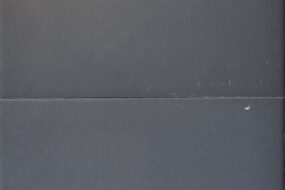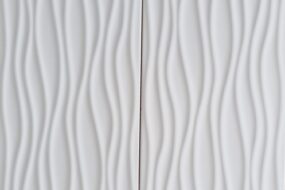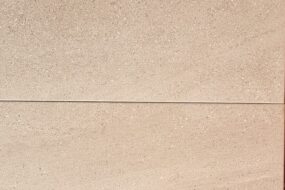Find the right flooring material for your entryway, kitchen, bathroom and more, including ceramic, slate, mosiac and stone tile options. Below are a few options..
Stone
Description
- most commonly used stones for flooring include slate, marble, granite, sandstone and bluestone
- available in geometric or irregular shapes
- an expensive flooring material with a hard and noisy character
- solid and earthy in appearance but can be cold underfoot if the floor below is unheated
- installation must be in a cement bed or on to a concrete subfloor
Uses
- because of its expense and weight, stone is used mainly in smaller areas of the home such as entrance ways, halls, around fireplaces and in kitchens
- when considering stone as a possible flooring material, the floor on which it will rest must be able to adequately support the load or overstressing of structural frame may result
Maintenance
- requires little maintenance, minimal sweeping and mopping
- very durable, although any cracks or chips may be difficult to repair
Slate
Description
- dense, fine-grained stone with a slightly rippled surface
- colours: dark grey (most common), purple, green, green-purple, black, blue-black
- surface finishes: clear stock (solid colour throughout), ribbon stock (darker bands are predominant)
- moderately expensive
Uses
- most appropriate in main living areas or as an accent
- take caution, is slippery when wet
- not advised for bathrooms
Maintenance
- highly durable and stain resistant
- regular sweeping and occasional wet-mopping, joints may require scouring
- can scuff in high traffic areas
Marble
Description
- smooth and opulent stone that is usually veined
- certain marble veining allows for creation of specific patterns (slide slip, end slip, book match, quarter match or diamond match)
- available in slabs (up to 40” square) or tiles (1/2” thick and between 8” to 12” square)
- available in almost any colour, most common: black, brown, grey, rose, blue, white
- most common types with own specific markings: dolomite, travertine, onyx, serpentine, calcite
- surface finishes: polished (glossy, high gloss) and honed (satin, smooth with little or no gloss)
- most expensive of all floor coverings
Uses
- anywhere a formal or elegant character is desired: principal bathrooms, dining rooms, entrance hallways
- can be used as an accent with other flooring
- only a contractor should install large slabs; tiles can be laid easily, although the tiles themselves are difficult to cut
- take caution: slippery when wet
Maintenance
- regular cleaning and polishing
- moderately durable but varies depending on type
- frequent resealing required to prevent staining and scratching
Ceramic tile
Description
- once relegated exclusively to bathroom use, ceramic tiles are now welcome in all areas of the home
- versatile and available in a huge array of colours which makes them appealing for use in kitchens, family rooms, dining rooms, utility rooms and entrances
- water- and stain-resistant
- bring relief from hot weather in the summer
- cold to the touch and potentially a source of discomfort in the winter
- high gloss and glazed tiles are especially slippery when wet
- prices are moderate to expensive with the most costly being those with multi-colour glazes and textured surfaces
Uses
- because of their slippery nature, unglazed or non-gloss ceramic tiles with roughened surfaces should be used in high-moisture areas
Maintenance
(see types of ceramic tiles below)
Glazed tile
Description
- high-fired, dust-pressed clay available in square, rectangular and hexagonal shapes
- most common sizes are 6” by 6” to 10” by 10”
- floor tiles are thicker than ceramic wall tiles because they must withstand harder wear
- surface can be glazed (colour derived from glaze), semi-glazed or matte
- tiles with dull or matte finish are most appropriate for floors as they are less slippery when wet than tiles with glossy finishes
- available in a wide variety of colours and patterns
- are cool to the touch can be uncomfortable in colder climates unless floor below is heated
- reinforcement to carry weight of tiles may be required when installing on wooden floors
- backs of tiles will be brownish owing to extra firing
- moderately expensive
Uses
- in wet areas where sanitation is important, around showers or bathtubs
- choose a product that ensures adequate traction for use in wet areas
- used in entrances, kitchens, bathrooms, around fireplaces and as an accent
- should not be used in bedrooms
Maintenance
- sweeping and occasional wet-mopping
- resistant to water, heat and most household chemicals
- hard wearing and difficult to stain
- glazed tiles are water resistant, but grout is not and should be sealed
Unglazed tile
Description
- colour is mixed into clay to give tile its surface colour
- shapes and sizes like glazed tile
- finishes are usually dull
Uses
- any living area is appropriate
- unglazed tiles not appropriate for areas that will get wet, especially for areas leading to the outdoors
Maintenance
- regular damp-mop and occasional scrubbing of grout
- more durable than glazed tiles, maintains colour longer
- unglazed are water permeable and should be sealed to prevent water absorption
- stain easily and should be sealed
Quarry tile
Description
- are unglazed, unpatterned tiles made from natural clay available in earth tones of brown, red or yellow
- are hard and dense in duller colours than other ceramic tiles
- most economical of all ceramics
- usually square or rectangular, but also irregular shapes
- usually larger sizes of 6” and 8” squares
- noisy and cold
Uses
- used mainly in country interiors
- kitchens, bathrooms, halls anywhere that will receive hard wear
- excellent in leading from indoors to outdoors
- appropriate for patios
Maintenance
- most durable of ceramic tiles
- easy to clean, mainly sweeping
- resistant to dirt, moisture, stains, freezing and abrasion
- are very porous and may require a stain-resistant sealer
Mosaic tile
Description
- small tiles measuring between 1” to 2” for squares and 1” by 2” for rectangles
- also available in hexagons
- available in glazed or unglazed finishes
- available in 12” by 12” sheets for ease of installation
Uses
- most commonly used in bathrooms
- also in entrances and kitchens
Maintenance
- very durable
- damp-mopping and scrubbing of grout in sufficient
